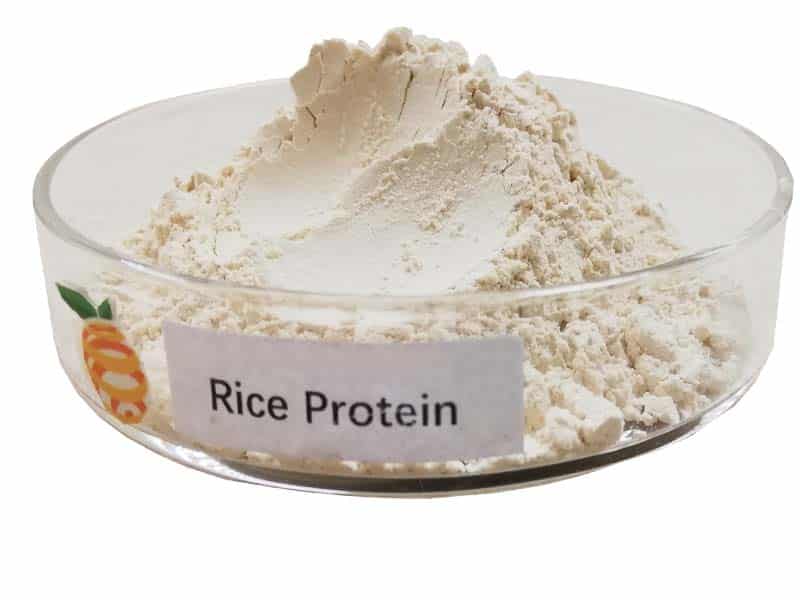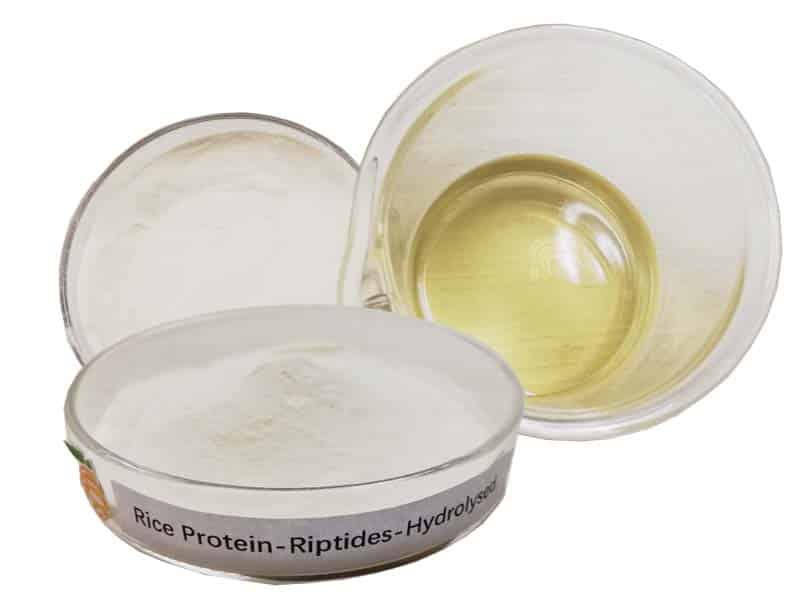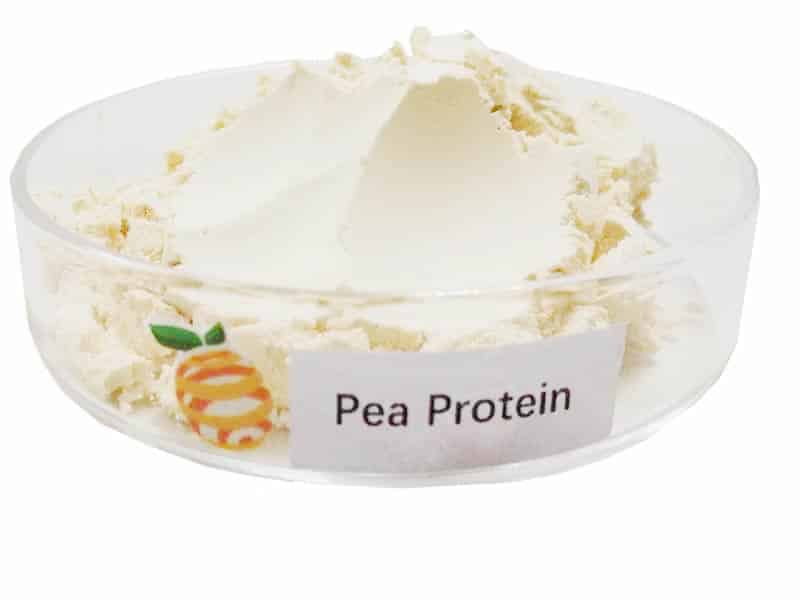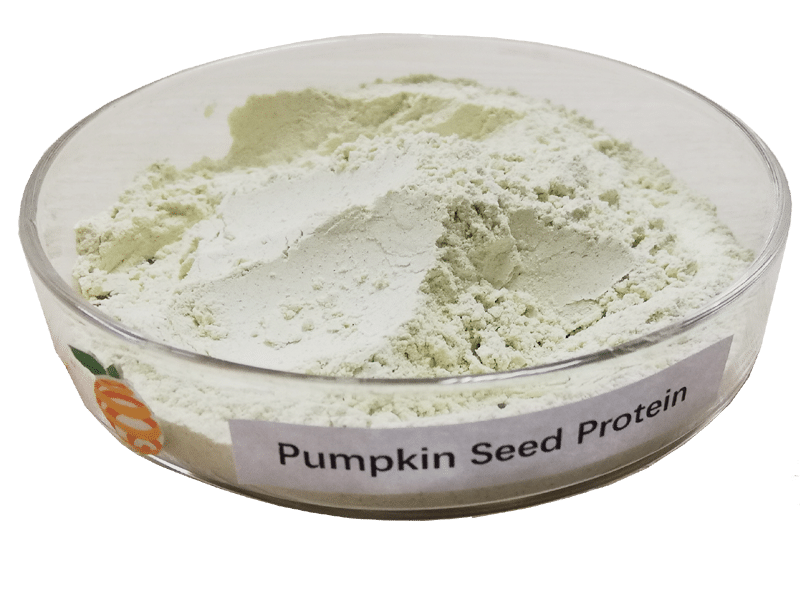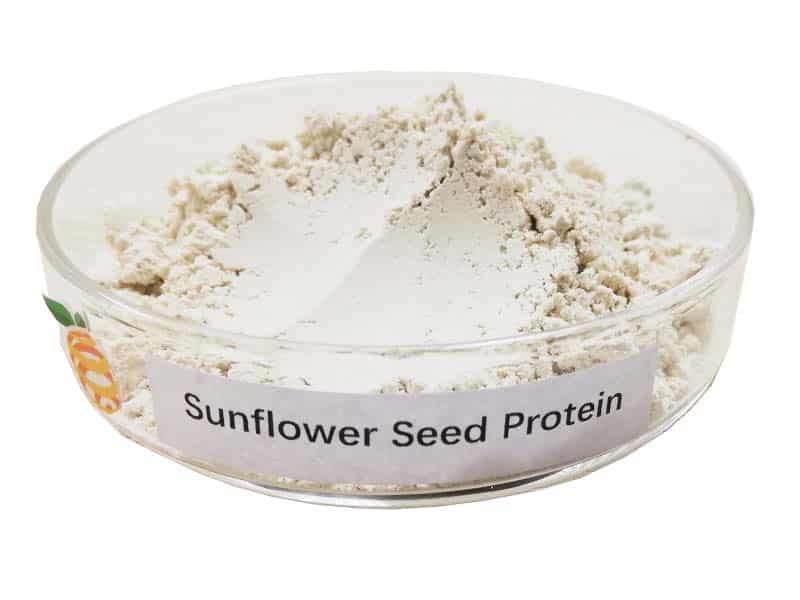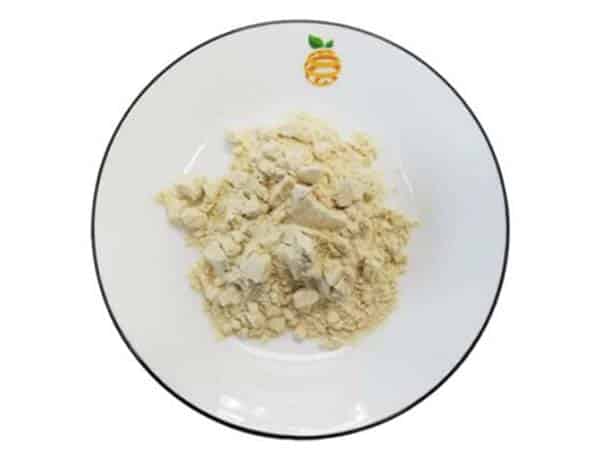Iris Squalens: Nature’s Fascinating Species Revealed
-
Table of Contents
Iris Squalens: Nature’s Fascinating Species Revealed
The world of flora is vast and varied, with thousands of species that captivate with their unique characteristics and beauty. Among these, the Iris squalens stands out as a particularly intriguing species. This article delves into the fascinating world of Iris squalens, exploring its botanical features, ecological significance, and the reasons behind its allure to gardeners and botanists alike.
Understanding Iris Squalens
Iris squalens, part of the larger Iridaceae family, is known for its striking appearance and resilience. Commonly referred to as the ‘Lurid Iris,’ this species is a hybrid, believed to have originated from the natural crossing of Iris variegata and Iris pallida. The name ‘squalens’ is derived from Latin, meaning ‘somewhat dirty’ or ‘dingy,’ which refers to the unique coloration of the flowers.
Botanical Description
- Flowers: The Iris squalens typically features blooms that are a blend of yellow, violet, and brown hues. These colors mix in a way that gives the flower a slightly ‘squalid’ look, hence its name.
- Leaves: The leaves are long, narrow, and sword-shaped, typical of many iris species, providing a striking vertical element to the plant’s form.
- Height: It reaches a moderate height of about 30-60 cm, making it suitable for a variety of garden settings.
- Blooming Season: The blooming period of Iris squalens is in late spring to early summer, providing an eye-catching display during this time.
Ecological Role and Habitat
Iris squalens is not only admired for its beauty but also plays a crucial role in its ecosystem. Native to parts of Europe, particularly the Balkans, it thrives in meadows, edges of forests, and other semi-natural habitats. The plant prefers sunny locations with well-drained soil, although it is quite adaptable to different soil types.
The flowers of Iris squalens are known for attracting various pollinators, including bees and butterflies, which are vital for the reproduction of many other plant species. Thus, Iris squalens contributes to the biodiversity of its habitat, supporting the overall health of the ecosystem.
Cultivation and Care
Gardeners value Iris squalens not only for its unique beauty but also for its adaptability and ease of care. Here are some tips for cultivating Iris squalens:
- Planting: Plant the rhizomes in late summer or early fall. Ensure they are planted at a depth where the top of the rhizome is slightly exposed to the air.
- Spacing: Space the plants about 45-60 cm apart to allow for adequate air circulation and growth.
- Watering: Water regularly, but be careful not to overwater, as the rhizomes are prone to rot in overly moist conditions.
- Fertilizing: A light application of a balanced fertilizer in early spring can help promote vigorous growth and blooming.
- Pruning: After blooming, cut back the flower stalks to prevent the plant from spending energy on seed production. Leave the foliage until it naturally dies back in late fall to help nourish the rhizomes for the next season.
Conservation and Challenges
While Iris squalens is not currently listed as endangered, like many plant species, it faces threats from habitat loss and environmental changes. Conservation efforts are essential to preserve its natural habitats and ensure that this unique species continues to thrive in the wild. Additionally, garden cultivation can help reduce pressure on wild populations by providing plant enthusiasts with an alternative to wild-collected specimens.
Conclusion: The Allure of Iris Squalens
Iris squalens is a testament to nature’s beauty and resilience. With its unique coloration and easy-going nature, it is a favorite among gardeners and a valuable species ecologically. By understanding and promoting the cultivation and conservation of Iris squalens, we can ensure that future generations will also be able to enjoy and benefit from this remarkable plant.
Explore ETprotein’s High-Quality Protein Products
For those interested in enhancing their health and dietary options, ETprotein offers a range of superior protein products. Their extensive selection includes organic and clear proteins derived from rice, pea, and various seeds, catering to diverse nutritional needs and preferences. Ideal for various applications, from sports nutrition to health and wellness products, ETprotein’s offerings are designed to support your health journey.
ETprotein is Squalene Factory Manufacturer and Supplier in China, Check further information by visiting the Squalene Product Page
Request Quotation and Samples of Squalene from ETprotein
About ETprotein
ETprotein, a reputable protein and elite nutrition ingredients Squalene Chinese factory manufacturer and supplier, is renowned for producing, stocking, exporting, and delivering the highest quality organic bulk vegan proteins and elite nutritional ingredients Squalene. They include Organic rice protein, clear rice protein, pea protein, clear pea protein, watermelon seed protein, pumpkin seed protein, sunflower seed protein, mung bean protein, peanut protein. Their offerings, characterized by a neutral taste, non-GMO, allergen-free attributes, cater to a diverse range of industries. They serve nutraceutical, pharmaceutical, cosmeceutical, veterinary, as well as food and beverage finished product distributors, traders, and manufacturers across Europe, USA, Canada, Australia, Thailand, Japan, Korea, Brazil, and Chile, among others.
ETprotein specialization includes exporting and delivering tailor-made protein powder and finished nutritional supplements. Their extensive product range covers sectors like Food and Beverage, Sports Nutrition, Weight Management, Dietary Supplements, Health and Wellness Products, and Infant Formula, ensuring comprehensive solutions to meet all your protein needs.
As a trusted company by leading global food and beverage brands and Fortune 500 companies, ETprotein reinforces China’s reputation in the global arena. For more information or to sample their products, please contact them and email sales(at)ETprotein.com today.

